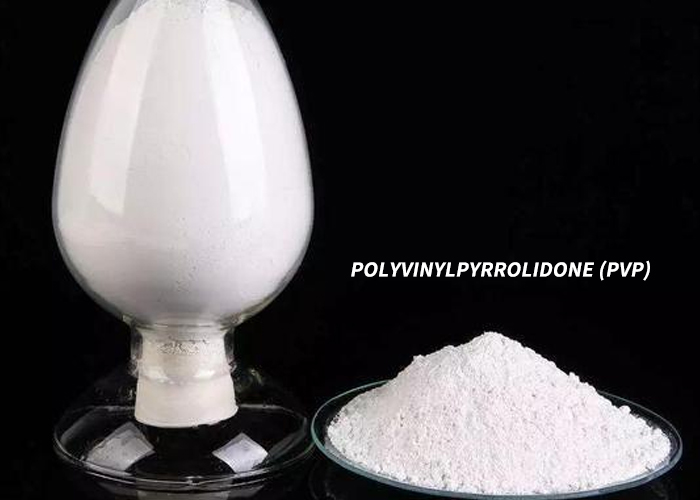Application of polyvinylpyrrolidone (PVP) in membrane field
Polyvinylpyrrolidone (PVP) is an acetylene chemical product. It was first discovered by German chemist Walter Reppe in 1938. It is a linear polymer synthesized from 1-vinyl-2-pyrrolidone monomer. Since the emergence of polyvinylpyrrolidone PVP, it has been widely used in the pharmaceutical industry, medical devices, membrane industry, new energy battery industry, nanomaterial preparation, food processing, adhesives, cosmetics, toothpaste, detergents, optical and electrical applications, papermaking, printing and dyeing, coatings, inks, fiber and textile materials, ceramics, metal coatings, lithography and photography, metallurgical quenching fluids and cutting fluids, drilling and completion fluids, natural gas transportation and other fields due to its excellent oil-water amphiphilic properties, good chemical stability, extremely high biocompatibility, and strong affinity with hydrophobic substances.
With the development of industry, traditional separation technology has faced more and more challenges, so it is urgent to develop a new type of separation technology. Membrane separation technology, as a green and efficient separation method, has the advantages of high separation efficiency, energy saving and environmental protection, and compliance with sustainable development, and has received widespread attention worldwide. Among them, the separation membrane is the core of membrane separation technology. In the fields of water treatment membranes, hemodialysis membranes, laboratory and medical special membranes, with the development of separation technology, especially membrane technology, membrane materials have become the key to the rapid development of this innovative field. Membrane materials can be divided into inorganic materials and organic polymer materials. Commonly used inorganic membrane materials include glass, metal oxides, ceramics, carbon, etc. Organic polymer materials are developed on the basis of modern polymer materials. Most of the separation membranes currently used are organic polymer membranes. They are mainly cellulose, polyamide, aromatic heterocyclic, polysulfone, polyolefin, silicone rubber, fluorine-containing polymers, etc.
The lactam group in the polyvinylpyrrolidone PVP molecule is a strong polar group with hydrophilic effect. The membrane material (polyvinylidene fluoride, polyethersulfone, etc.) is a hydrophobic material itself, so it is easy to adsorb organic solutes (proteins or bacteria, etc.) during application, causing the membrane pores to be blocked and affecting the performance of the membrane. When PVP is introduced into the membrane, since the lactam bond in PVP is a hydrophilic group, the hydrophilic molecular chain segments can form a dense water separation layer on the membrane surface, improve the hydrophilicity of the membrane, reduce the dirt adhesion on the membrane surface, reduce the risk of membrane blockage, improve the anti-pollution ability of the membrane, extend the service life of the membrane, and reduce maintenance costs.
Film-forming property: polyvinylpyrrolidone PVP has good film-forming property and can form a uniform and stable membrane structure. In the preparation process of water treatment membranes and hemodialysis membranes, PVP can be used as a film-forming agent to help form a membrane with good pore structure and mechanical strength.
Biocompatibility: polyvinylpyrrolidone PVP has good biocompatibility, is non-irritating to human tissues, and does not cause immune response. This makes polyvinylpyrrolidone PVP compatible with blood components when used in hemodialysis membranes, reducing adverse reactions between blood and membranes. Physiological inertness: PVP is chemically stable under physiological conditions and will not degrade or release harmful substances. This feature ensures that polyvinylpyrrolidone PVP will not have adverse effects on blood components during hemodialysis.